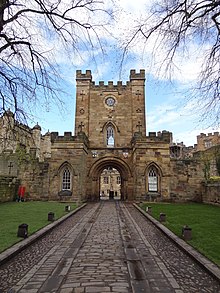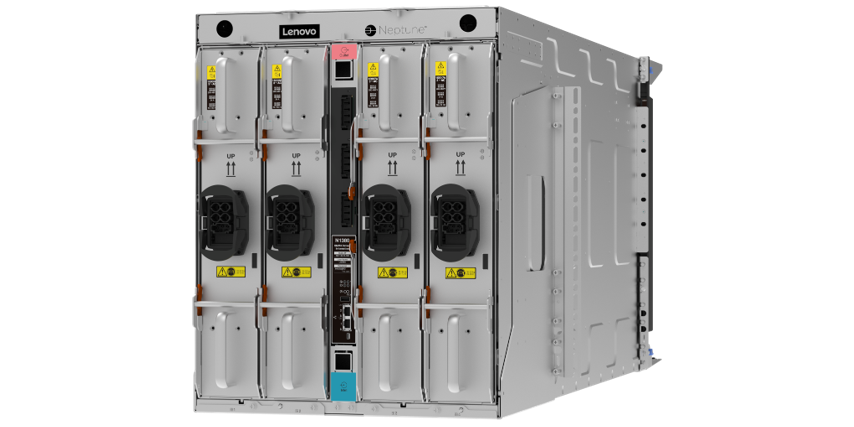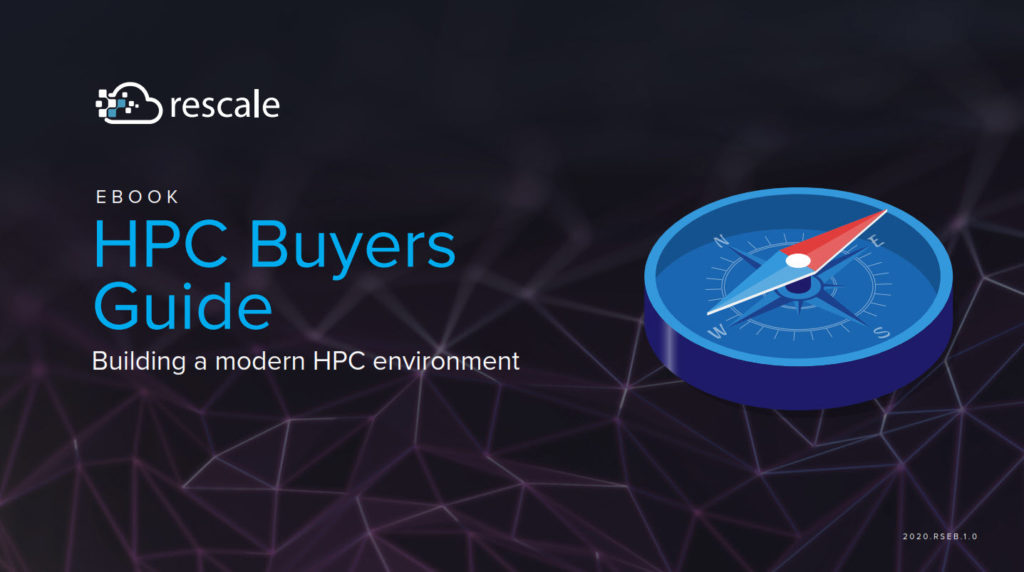 Rockport Networks today announced that Durham University’s Institute for Computational Cosmology (ICC) has selected the Rockport Switchless Network as part of the ExCALIBUR program around new networking technologies for its COSMA7 supercomputer at the DiRAC HPC facility. The 232 Rockport nodes are intended to reduce congestion in the COSMA7 cluster and as they model exascale workloads and use codes to run on future exascale systems, the company said.
Rockport Networks today announced that Durham University’s Institute for Computational Cosmology (ICC) has selected the Rockport Switchless Network as part of the ExCALIBUR program around new networking technologies for its COSMA7 supercomputer at the DiRAC HPC facility. The 232 Rockport nodes are intended to reduce congestion in the COSMA7 cluster and as they model exascale workloads and use codes to run on future exascale systems, the company said.
Rockport said Durham’s use of the company’s switchless architecture optimizes the inversity’s HPC infrastructure “by overcoming switch-intensive networking tradeoffs while enabling elastic scale, and simplifying operations required for performance-intensive workloads. Rockport’s fully distributed network fabric delivers better performance, resource utilization and network economics by overcoming the congestion bottlenecks associated with traditional switch-based networks.”
The Rockport Switchless Network distributes the network switching function to its COSMA7 endpoint devices (nodes) which become the network. By eliminating layers of switches, the Rockport network is designed to ensure compute and storage resources are not starved for data, and researchers have more predictability regarding workload completion time.
After an initial Rockport proof-of-concept deployment in the Durham Intelligent NIC Environment (DINE) supercomputer, the university reported workload completion time under load equal to or better than InfiniBand, according to Rockport. The ICC’s massively parallel performance- and data-intensive research into dark matter and energy, black holes, planet formation and collisions require tremendous computational power “where traditionally the interconnect becomes a limiting factor,” according to the company. “Interconnect-related performance and congestion challenges experienced when processing advanced computing workloads result in unpredictable completion times, and under-utilization of expensive compute and storage resources.”

Durham University
The COSMA7 Rockport installation is supported by new funding from DiRAC and from the ExCALIBUR Hardware & Enabling Software (H&ES) program that evaluates next-generation high-performance technologies for the highest-priority fields in UK research.
“We’re always on the hunt for advanced technologies with the potential to improve the performance and reliability of the advanced computing workloads we run,” said Dr. Alastair Basden, DiRAC/Durham University, technical manager of COSMA HPC Cluster. “Based on the results and our first experience with Rockport’s switchless architecture we were confident in our choice to improve our exascale modeling performance – all supported by the right economics.”
Durham also utilizes Rockport’s Autonomous Network Manager (ANM), intended to provide a holistic view inside the network. “The ICC sees end-to-end traffic flows and can troubleshoot network performance in near realtime – a level of transparency that has long been lacking in the industry,” Rockport said.
“The expansion of our network at the ICC’s DiRAC HPC cluster is very exciting for our team because it proved there is no need to compromise when it comes to performance and throughput,” said Matthew Williams, CTO, Rockport Networks. “Tackling congestion has moved beyond provisioning more switches to throw bandwidth at the problem. Sophisticated control and architecture means the customer is no longer at the mercy of the bottlenecks their network infrastructure creates.”
Rockport has also joined the Technology Providers Panel (TPP) formed to allow ExCALIBUR’s H&ES program to interact and collaborate with technology providers in a strategic manner to increase the efficacy and efficiency of their projects.



